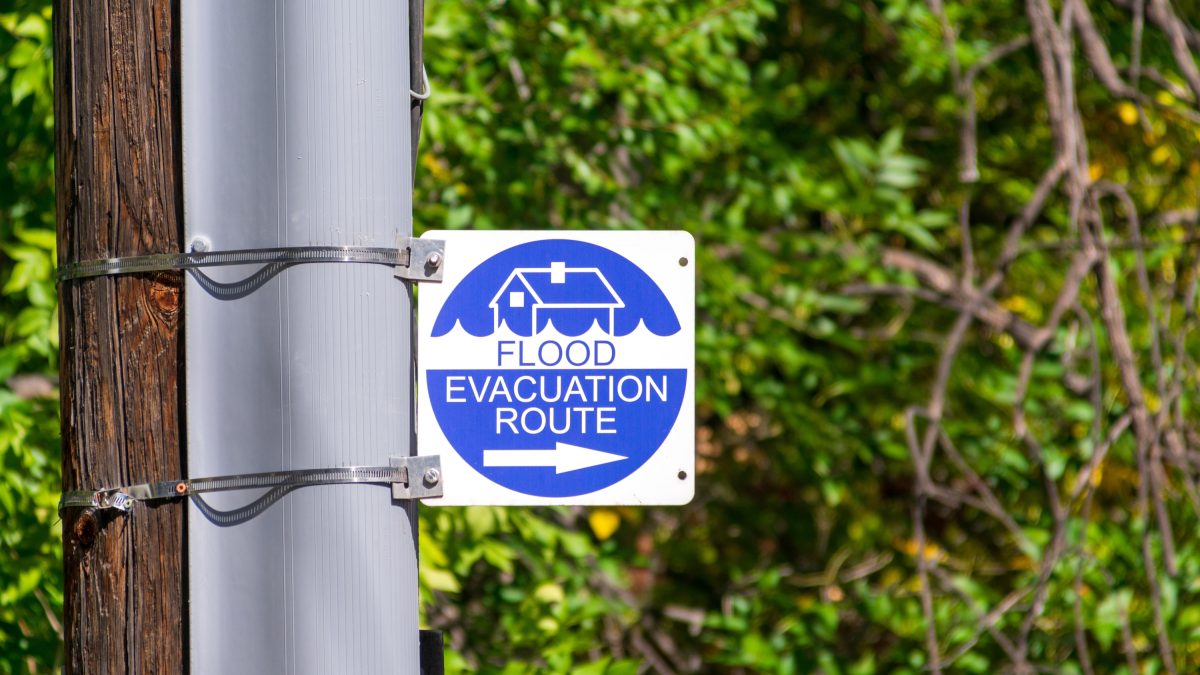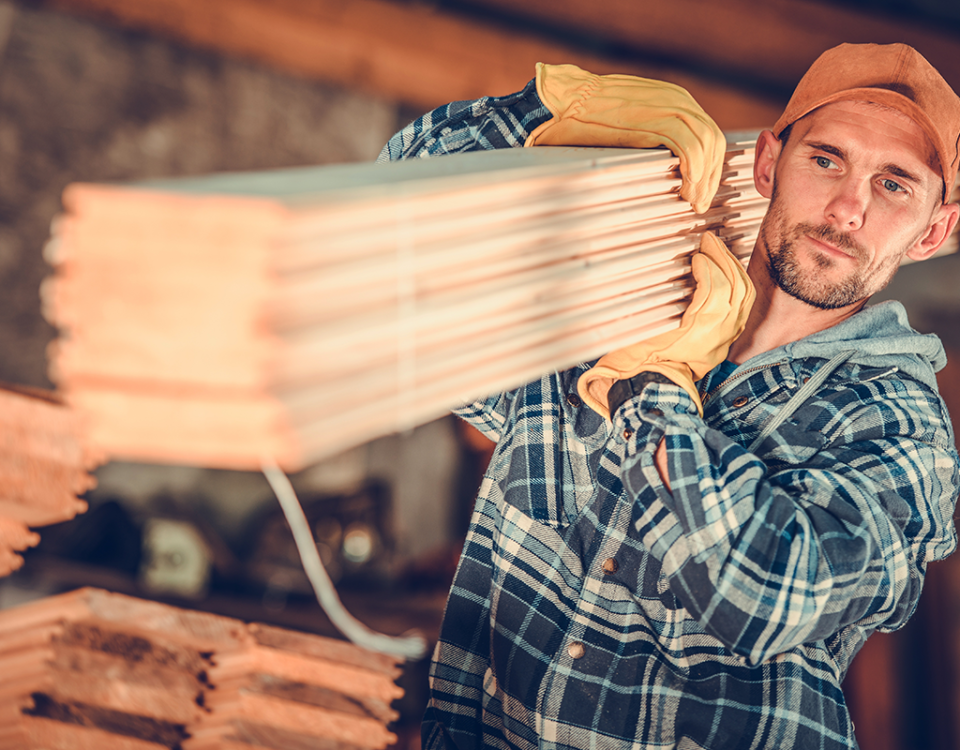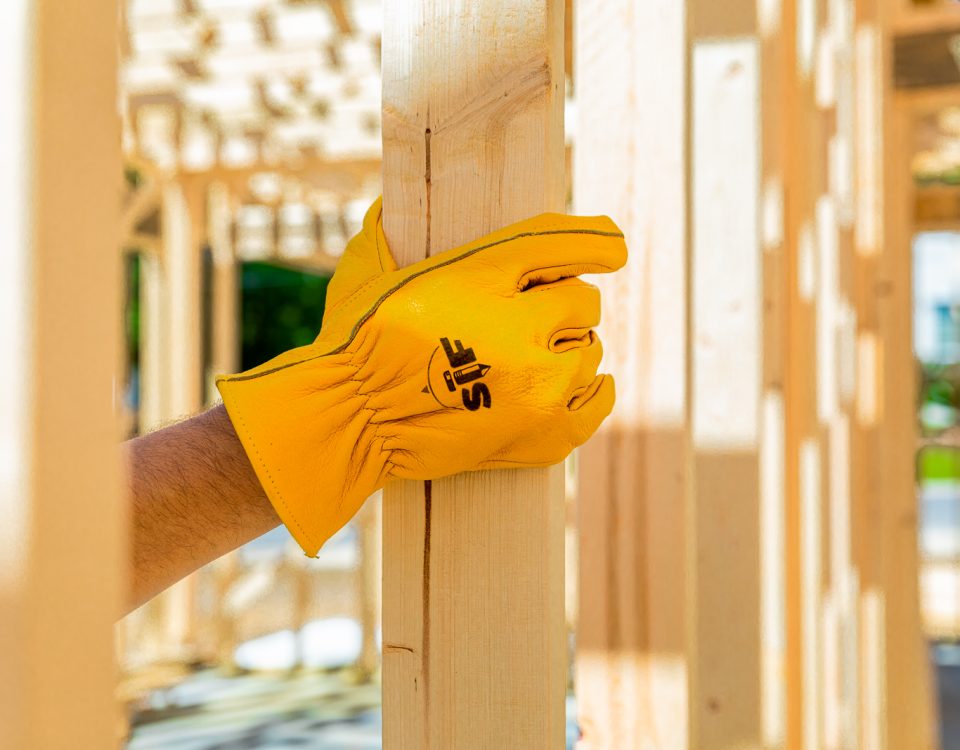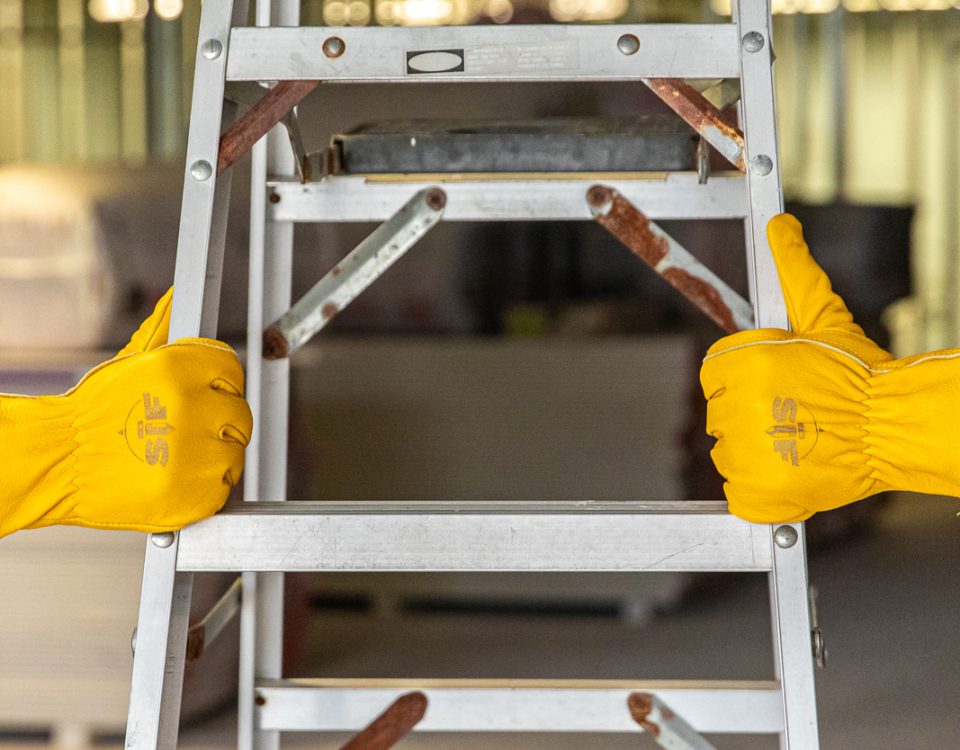
Workers’ Comp Insurance for Louisiana Home Builders
August 16, 2024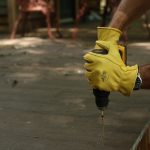
Steps to Take After a Workplace Injury
November 4, 2024Natural disasters can strike anywhere at any time, creating a variety of hazards for workers in the impacted area. For home builders in Louisiana, hurricane preparedness is a crucial part of ensuring safety and minimizing damage.
Proper preparation before a disaster can play an important role in ensuring that employers and workers have the necessary equipment, know where to go and understand how to keep themselves safe.
Common Emergency Events
Natural disasters can cause severe damage to worksites, homes and businesses. These events might include:
- Earthquakes
- Floods
- Hurricanes
- Tornadoes
- Wildfires
- Winter Weather
Preparing for an Emergency
1. Develop an Emergency Plan
Having an emergency plan in place is vital. Start by performing an assessment to identify all hazards that could cause an emergency and outline the processes and procedures for responding to those hazards.
2. Emergency Action Plan (EAP)
OSHA requires employers to develop and implement an EAP. At a minimum, this plan must include:
- Reporting procedures for emergencies and fires.
- Evacuation procedures with a diagram of the evacuation route.
- Names and contact information of all stakeholders.
- Procedures for workers who remain to perform essential or emergency services.
- Medical responsibilities for workers.
3. Communicate the EAP
Ensure that EAP procedures are communicated to workers and made available at the worksite. In addition, provide workers with any necessary paperwork or physical materials if needed.
4. Emergency Supplies and Equipment
Prepare emergency supplies, proper personal protective equipment (PPE) and communication devices such as radios before disaster strikes.
Common Hazards After a Disaster
Working in a post-disaster environment presents unique hazards, including:
- Contaminated flood waters
- Downed trees
- Exposed electrical wires
- Damaged and unstable structures
- Wildlife interactions
- Household hazardous materials (asbestos, lead)
Safe Work Practices
1. Hazard Assessment
Perform a thorough hazard assessment of the work area before starting any work. This will help prepare for the task at hand and enhance safety measures.
2. Personal Protective Equipment (PPE)
Wear proper PPE at all times, including:
- Watertight and puncture-proof boots.
- ANSI cut-level rated gloves.
- Long pants.
- ANSI-rated Z87.1 safety glasses.
- Hardhat.
- Respirators/N-95 masks for dust and other particles (mold, asbestos, chemical contaminants).
3. Fall Protection
Use fall protection equipment when working at any height over 6 feet. Always ensure that fall protection equipment is inspected regularly for wear and tear and is used correctly to prevent accidents.
4. Avoid Flood Waters
Avoid active flooding or wading into standing waters where contaminated biological or chemical agents may exist.
5. Hygiene Practices
Practice good hygiene by washing your hands regularly with soap and clean, running water. Additionally, ensure that hand sanitizers are readily available when soap and water are not accessible.
6. Electrical Safety
Keep a safe distance from downed or damaged power lines. Always assume that any downed or damaged power lines are live and report them to the relevant authorities immediately.
7. Insect Protection
Use insect repellent to protect against bites and stings. If the weather permits it, wear long-sleeved shirts and pants to further reduce the risk of insect bites.
Preparation is key to ensuring safety and minimizing damage during and after hurricanes. By developing a comprehensive emergency plan, communicating effectively with workers and adhering to safe work practices, home builders in Louisiana can protect themselves and their teams from the unique hazards presented by natural disasters.
Stay informed, stay prepared and prioritize safety above all else. Contact us for more information on hurricane preparedness. Your safety and well-being is our priority!

